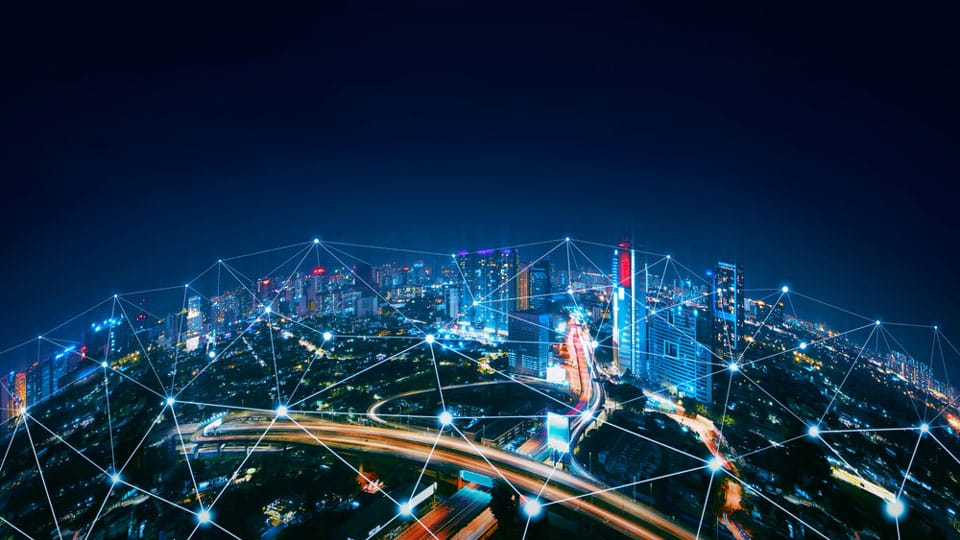Employees are your Biggest Cybersecurity Risk- Here’s How to Fix It

As the working world leans ever-more digital, cybersecurity needs to be at the top of every company’s concerns. Cybercrime is estimated to cost over $6 trillion a year currently. With the working world now heavily focused on work-from-home and hybrid working solutions, your employees have become one of the most common vectors for security risks to occur. Here’s why, and how to better manage your risks.
The Biggest Risk Factor- Lack of Awareness
While cybersecurity has been a focus of online security for decades now, there’s still a public perception that it happens ‘like the films’- a skilled hacker tapping away on a keyboard. Few employees ever think of their own behavior, things we take naturally, as an issue in maintaining cybersecurity.
Very simple things- such as connecting to an unsecured wifi network at a cafe, or storing secure documents on a flash drive- can greatly increase your risk of cyberthreats, and it’s the sort of thing we rarely give any thought to.
Having a robust awareness and training program for staff on how to stay secure, even in the remote working world, is one of the most important things you can do for your company and its cybersecurity efforts.
Emails- Managing the Risk
What do you picture when we say ‘phishing scams’? For most of us, it’s the now-notorious ‘Nigerian Prince’ scams, which are laughably obvious. In reality, however, phishing emails have gotten immensely sophisticated. When they portray themselves as coming from a customer, a bank, or another institution, it can be tough to tell what is legit and what is not.
If staff are not well educated on the risks, it’s surprisingly simple to feel pressured into opening these mails and providing the sensitive information requested. Luckily, there are red flags you can train staff on, from looking for typos to double-checking the ‘from’ field correctly, strange behaviors (like banks ‘asking’ for a pin in an email, or pushing to open attachments), and calling the so-called sender if you have any doubts.
Unsecured Networks
Possibly the biggest security threat of the work-from-home era, unsecured networks are more common than ever. People are working from home, from cafes, and on the go. Free wifi seems like a net positive, and few staff members have any idea of the underlying risks.
When a network is not encrypted, or is incorrectly encrypted, any data sent over it can be intercepted and used. Likewise viruses and malicious software can easily infiltrate the system, possibly even triggering DDoS and DoS attacks. Coin miner malware is also on the rise.
Luckily, there’s an easy solution to this one that won’t impact productivity or flexibility. Using secure connections into your business’ data, such as the Perimeter 81 zero trust vpn solution, helps ensure your company’s sensitive data is immune from intrusion, no matter where employees are working from.
Sensitive Data
Another facet of the rapid shift to working remotely, many employees think nothing of storing business-critical data on external hard drives, flash drives, their phones, and more. Honestly, it’s remarkable that this data doesn’t get misplaced and stolen more often! It’s important to install awareness of this risk in your staff, and ensure they know to use strong password protection on documents as well as to behave sensibly with what they have access to.
This can be a key issue when working in the cloud, too. All staff members don’t need the same levels of access and privilege. Make sure you are setting up internal access controls to limit more sensitive company information to the eyes meant to see it.
Program Security and Updates
With employees now expected to use personal devices to work, it’s inevitable that their work environment is more exposed to malware-riddled programs, even some which slip through the net of legitimate stores and sources. Nor are many people actively engaged in keeping the apps and programs they use up-to-date. Security updates are some of the most commonly deployed update types, so you’re vulnerable if they are not timeously deployed.
Obviously the best solution to this is having employees use company devices only, and not having them work from their personal devices, over which you have significantly less control. However, there’s a balance in cost and productivity to consider. At the very least, make sure the programs and apps through which they access your data have comprehensive security in place, and that employees are aware of the risks and the need to update when prompted.
Ensuring a working environment safe from cyber-intrusions is a critical facet of the modern work environment, and it all starts with comprehensive security protocols and employee education.
Have you read?
Best CEOs In The World, 2022.
Global Passport Ranking, 2022.
International Financial Centers Ranking, 2022.
World’s Richest People (Top Billionaires, 2022).
Economy Rankings: Largest countries by GDP, 2022.
Countries and territories with the largest population, 2022.
Top Citizenship and Residency by Investment Programs, 2022.










